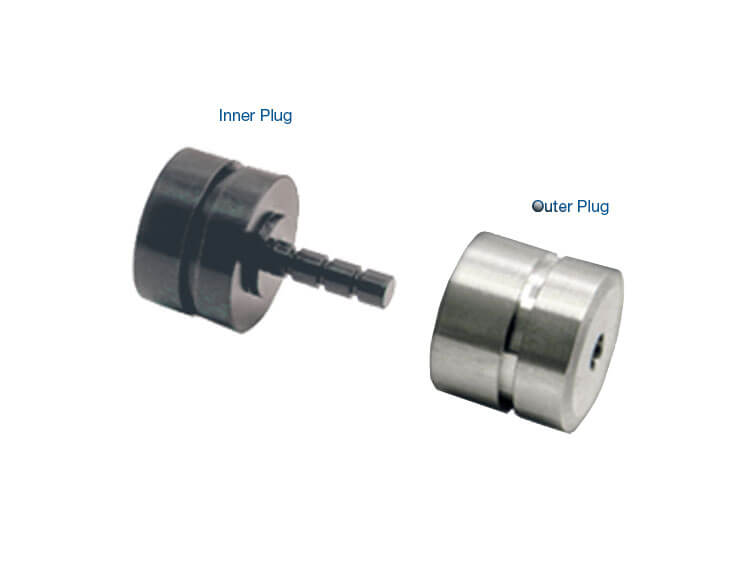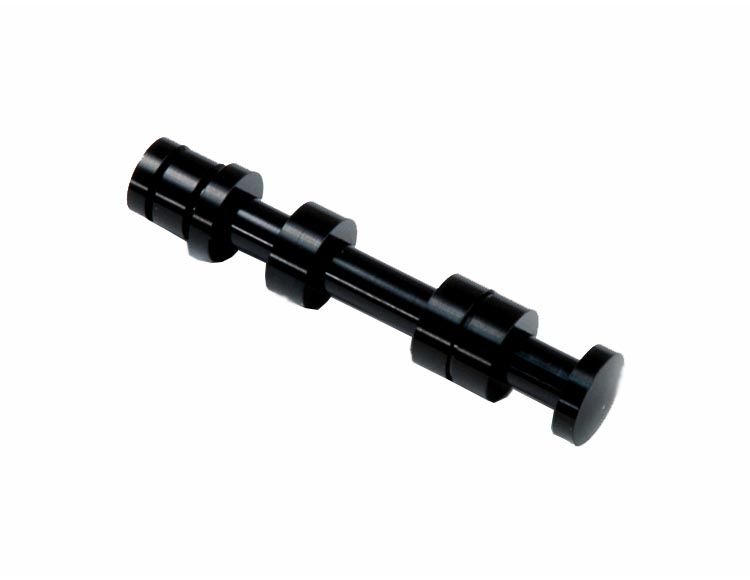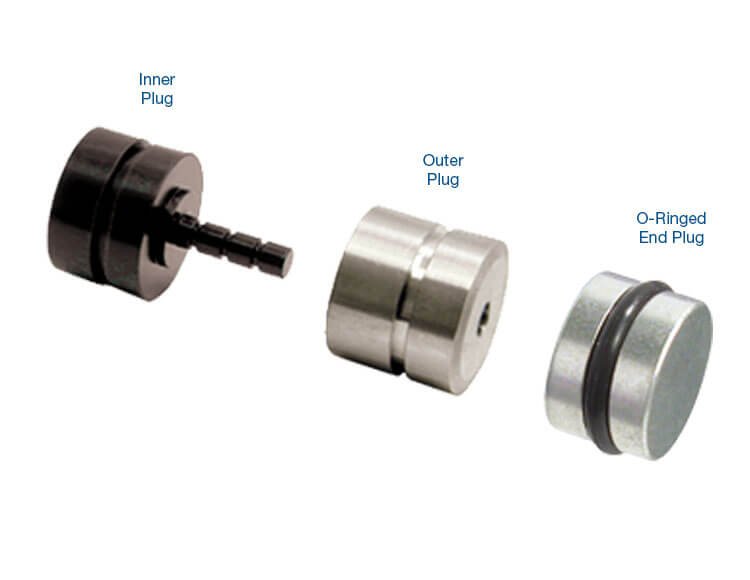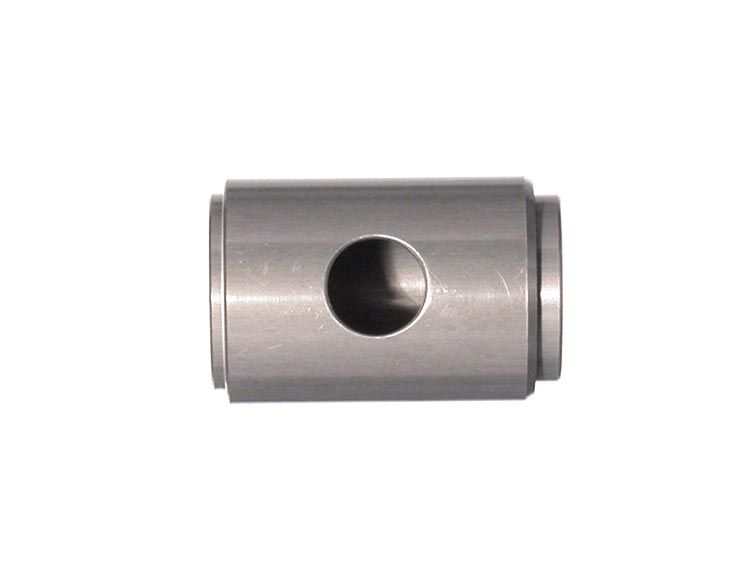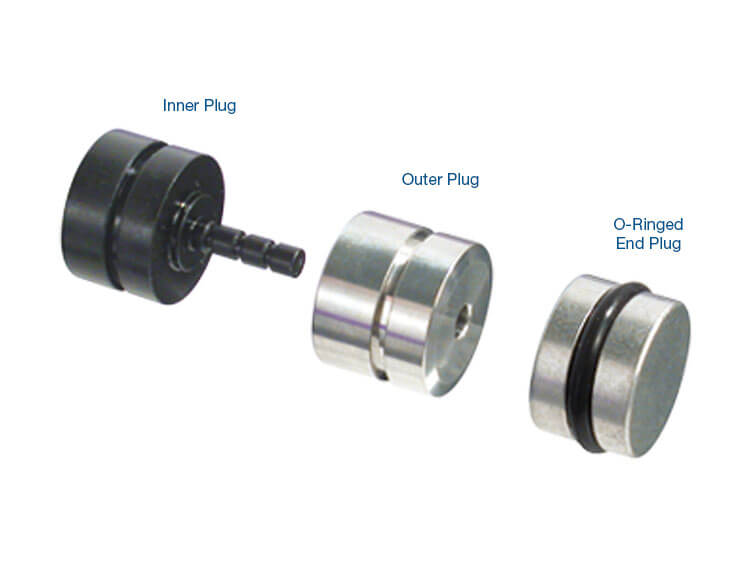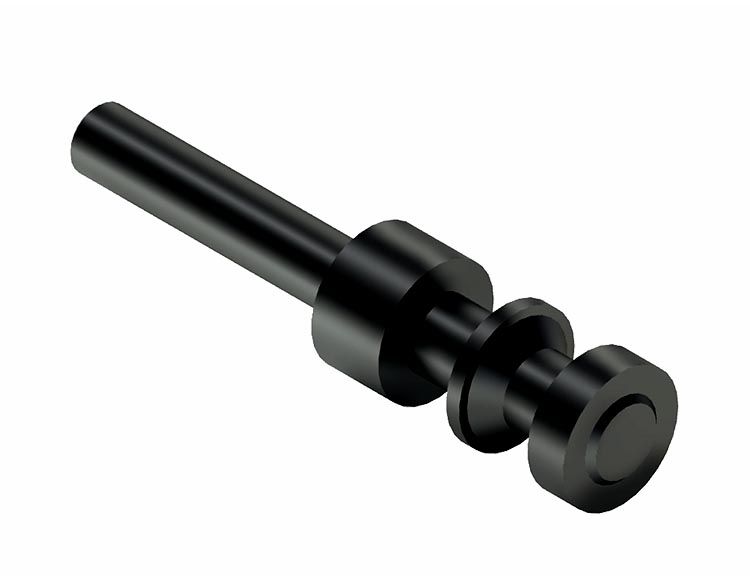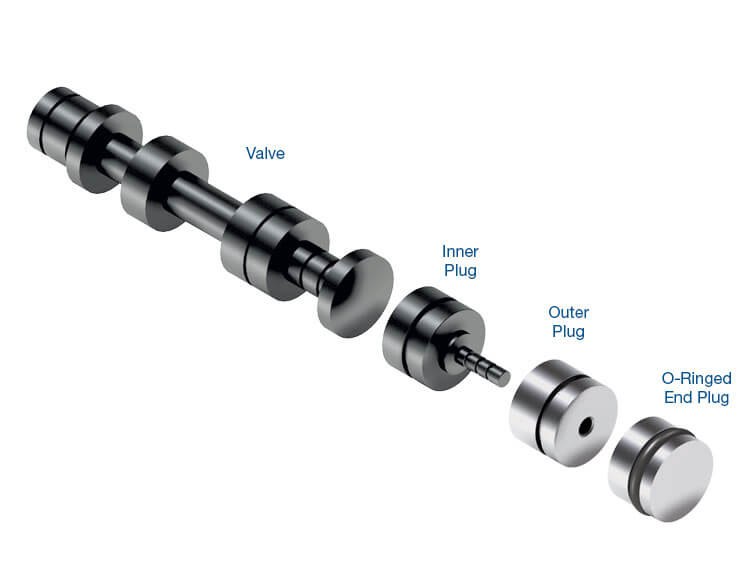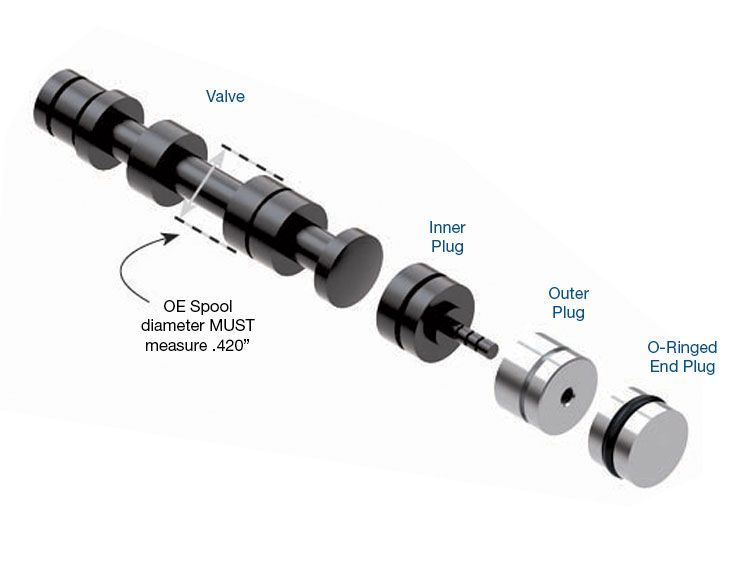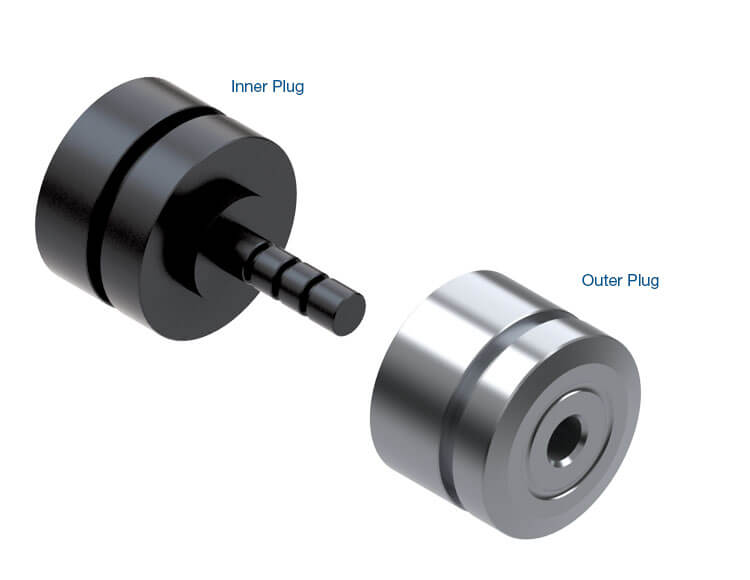Know Your Patient: How to Identify Chrysler VLP Models
Robert Moreau
One would think the easiest part about working on transmissions would be identifying the model you are working on. Nowadays, unfortunately, it's not always that easy. I was helping a technician via e-mail on a transmission forum who reported having issues reaming a late-model Chrysler FWD valve body. Both he and I were thinking 41TE (A604), but that turned out to be incorrect. What he was working on was actually a 41TES, also known as 41TE VLP.
VLP stands for "variable line pressure." This late-model 41TES incorporates a line pressure solenoid to control line pressure plus a line pressure transducer that provides feedback to the control module. The main reason for these two added components is to provide the computer with the ability to monitor and reduce line pressure during idle engagements to a more appropriate level based on the calculated load, the end result being improved fuel economy. The RWD configuration of the 41TE (known as the 42RLE) also was modified in the same manner; Chrysler refers to it as a 42RLE-VLP.

So, just how hard is it to know if you are working on one of these VLP models? Thankfully, it turns out once you know what to look for, it is a breeze. Here are two pictures showing a 42RLE-VLP valve body and a 41TES valve body (Figure 1).
As you can see, you can't really miss those solenoid and sensor components. Notice that, aside from the mounting bracket, the line pressure solenoid is almost identical to the governor pressure solenoid found on the RE series. A second pass-through connector is mounted on top of the range sensor with a wiring harness to connect both the transducer and the solenoid (Figures 2 and 3).
 |
 |
The transaxle case in these VLP models has an extra hole next to the one for range sensor pass-through connector. The valve body and transfer plate castings are slightly different to physically accommodate the two new components as well as provide hydraulic passages for them. The pressure regulator valve goes to a one-piece anodized valve, and the separator plate has two extra holes. None of these parts are interchangeable between VLP and non-VLP units.
Now for the not-so-obvious differences… Remember the technician with his reaming problem at the solenoid switch valve bore? Well, it turns out that sometime in 2006, just prior to when Chrysler went to variable line pressure, they also made three pretty subtle changes to the solenoid switch valve dimensions. As you can see in Figure 4:
- The small spool diameter is 0.003" smaller
- The large spool is 0.033" larger (Sonnax classifies the two different valves by this diameter .420” for previous design and .453” for new design.)
- The biggest land is 0.040" narrower

For this reason, unfortunately neither the Sonnax oversized solenoid switch valve 92835-21 nor the solenoid switch valve plug kits 92835-02K/92835-18K for the .420” early design will fit this .453” new design valve body. Also, since Chrysler made dimensional changes on the valves prior to the variable line pressure introduction, Sonnax distinguishes the valves based upon SIZE, not VLP or non-VLP. At first glance, it looks like the Sonnax solenoid switch valve plug kit 92835-02K would work as the diameter is identical, but it is not recommended. The reason is that the most inboard Sonnax end plug is actually 0.040" wider than the OE design for extra support to help prevent bore wear. When the valve is positioned up against the end plug, the combination of the wider land on the Sonnax part and the OE spool changes does not allow proper valve spool positioning relative to port openings.
More importantly, even Sonnax oversized solenoid switch valve plug kit 92835-18K cannot be used in a .453” new design unit. The biggest danger here is reaming. The Sonnax reamer 92835-RM for this switch valve plug kit has a pilot on the end that relies on the switch valve bore to support and guide the reamer. If this reamer is used in a .453" new design unit, the larger bore does not properly guide the reamer and you will most likely ruin the valve body. You must use Sonnax oversized solenoid switch valve plug kit 92835-22K and reamer 92835-RM22 or the 92835-31K and tool kit F-92835-TL31 for the oversized switch valve and plug kit on .453" new design units.
NOTE: Part numbers listed in this article are still available for the .420" early design, however, for improved reaming experience, results, and ease of use, it is recommended that oversized valve kit 92835-32K and associated tool kit F-92835-TL32 be used instead for the .420" early design.
The introduction of VLP also resulted in changes to the pressure regulator valve. The PR valve lineup in the earlier, non-VLP valve bodies included a PR valve, low/reverse boost valve, a line balance plug and a pair of sleeves. The VLP design uses a long, multi-spool PR valve. All the other components were eliminated in the newer valve body design. The non-VLP models can be serviced by replacing the PR sleeve with Sonnax sleeve 92835-07 and/or replacing the PR valve with Sonnax oversized PR valve 92835-24, depending on the extent and location of the wear. VLP models can be serviced with Sonnax oversized PR valve 92835-29. Both of these oversized valves require tool kits and the VB-FIX valve body reaming fixture to install. Keep in mind the differences between these VLP and non-VLP Chrysler units are the ones we have been able to identify, but there may be others. At least now you can easily identify the newer design and hopefully it helps you make a little more sense of all the various nomenclature for those two transaxles.
Special thanks to Marc Saba from Automatic Kings in Riverside, Calif., for his research assistance and photography.
Robert Moreau is a Sonnax technical marketing support coordinator and a member of the Sonnax TASC Force® (Technical Automotive Specialties Committee), a group of recognized industry technical specialists, transmission rebuilders and Sonnax Industries, Inc. technicians.
Related Units
Related Parts
Required
Recommended
Required
Recommended
41TE • 42LE • 42RLE • 45RFE • 545RFE • 62TE • 68RFE
Oversized Solenoid Switch Valve 92835-21
Fits bores containing OE switch valve with .420" dia. large spool only.
-
Helps cure:
- 4th Clutch burned
- Bind-up
- Codes 841, 868, 871, 988, 1775, 1776
- Engine stall (41 & 42 series)
- Failsafe mode
- No lockup (41 & 42 series)
- OD clutch burned
- TCC apply & release concerns (41 & 42 series)
Required
Recommended
Required
Recommended
40TE • 40TES • 41AE • 41TE • 41TES • 42LE • 42RLE • 45RFE • 545RFE • 65RFE • 66RFE • 68RFE
Oversized Solenoid Switch Valve Plug Kit 92835-22K
Fits bores containing OE switch valve with .453" dia. large spool only.
-
Helps cure:
- Codes 841, 868, 871, 988, 1775, 1776
- OD clutch burned
- Failsafe mode
- Bind-up
- Wrong gear starts
- TCC apply & release concerns (41 & 42 series)
- Engine stall (41 & 42 series)
- No lockup (41 & 42 series)
Required
Recommended
Required
Recommended
Required
Recommended
40TE • 40TES • 41AE • 41TE • 41TES • 42LE • 42RLE • 45RFE • 545RFE • 65RFE • 66RFE • 68RFE
Oversized Solenoid Switch Valve & Plug Kit 92835-31K
Fits bores containing OE switch valve with .453" dia. large spool only.
-
Helps cure:
- Codes 841, 868, 871, 988, 1775, 1776
- OD clutch burned
- Failsafe mode
- Bind-up
- 2nd Gear starts w/MIL on
- 4th Clutch burned
- Engine stall (41 & 42 series)
- TCC apply & release concerns (41 & 42 series)
Required
Recommended
40TE • 40TES • 41AE • 41TE • 41TES • 42LE • 42RLE • 45RFE • 545RFE • 62TE • 65RFE • 66RFE • 68RFE
Oversized Solenoid Switch Valve & Plug Kit 92835-32K
Fits bores containing OE switch valve with .420" dia. large spool only.
-
Helps cure:
- Codes 841, 868, 871, 988, 1775, 1776
- OD clutch burned
- Failsafe mode
- Bind-up
- 2nd Gear starts w/MIL on
- 4th Clutch burned
- Engine stall (41 & 42 series)
- TCC apply & release concerns (41 & 42 series)
While Sonnax makes every effort to ensure the accuracy of technical articles at time of publication, we assume no liability for inaccuracies or for information which may become outdated or obsolete over time.
